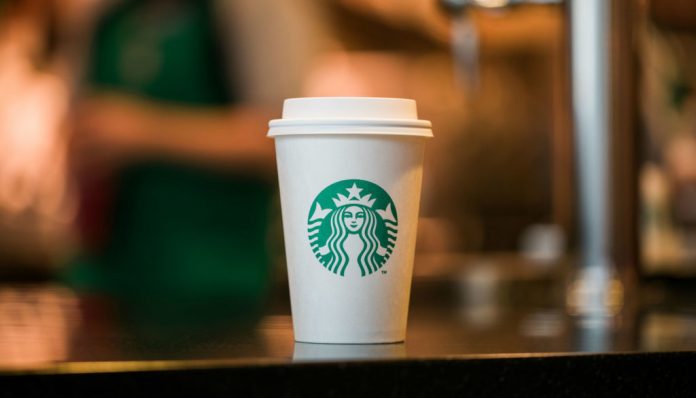The coffee company announced it will start trials for recyclable and compostable cup designs later this year. They are transitioning from the flat, plastic lids that require straws to the ones that feature a raised lid you can drink from. However, customers who still prefer straws will be able to request eco-friendly versions.
It seems that Starbucks is answering to the pressure from environmental groups over its single-use cups. The company promised $10 million to NextGen Cup Challenge for greener cups from the public in 2018, then in February this year the company announced 12 winners and is now testing out the winning ideas. They say the new initiative will help eliminate more than one billion plastic straws a year. Also, bans on straws are becoming more popular as awareness increases about the dangers they pose to marine life.
Starbucks customers in New York, Seattle, San Francisco, British Columbia, London and Vancouver will help with testing the cups, which use fiber, paper, and other materials instead of plastic liners. They also announced they plan to redesign stores in order to adapt to increasing mobile pick-up and delivery orders since between 2016 and 2018 mobile orders more than doubled, to 12 percent of orders. CEO Kevin Johnson said:
“We want to play a leading role in helping around the sustainability of the planet. And that means serving our coffee in sustainable packaging. We think there’s a better solution.”
As design goes, the new Starbucks cup looks just like the current one, the difference being inside where there’s no plastic liner anymore, instead there’s a biodegradable liner that does not allow the liquid to leak out. The biodegradable liner – which is developed in Thailand – is the one that makes the cup compostable in commercial composting facilities.
Image By David Dewitt










